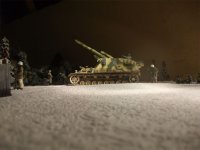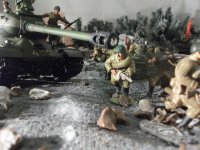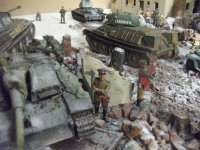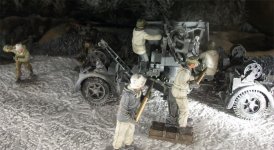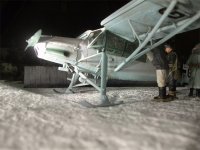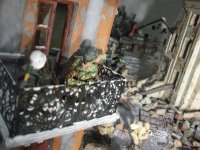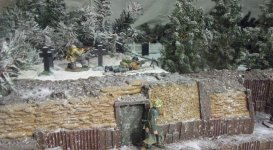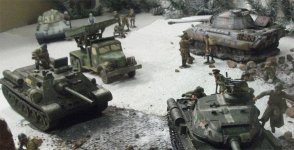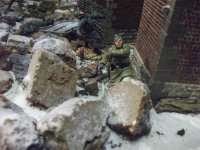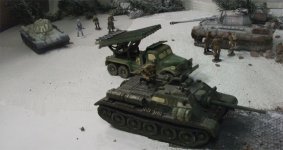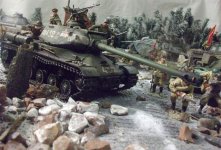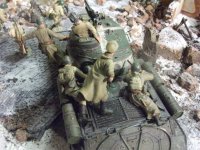redhugh
Master Sergeant
- Joined
- Oct 4, 2007
- Messages
- 1,348
In January 1944, the German forces of Field Marshal Erich von Manstein’s Army Group South including General Otto Wöhler's 8th Army had fallen back to the Panther-Wotan Line, a defensive position along the Dnieper river in Ukraine.
Two corps, the XI under Gen. Wilhelm Stemmermann, the XLII Army Corps under Lt.Gen. Theobald Lieb and the attached Corps Detachment B from the 8th Army were holding a salient into the Soviet lines extending some 100 kilometers to the Dnieper river settlement of Kanev, with the town of Korsun roughly in the center of the salient, west of Cherkassy.
An airfield at Korsun also provided the possibility that any units that might become trapped could be re-supplied by air. Despite this, Field Marshal Von Manstein, commander of Army Group South, had requested repeatedly that the two Corps be allowed to withdraw from the salient in order to straighten the German line. However Hitler refused, ordering that the salient be held, despite the risk of encirclement. He proposed that once the Russian offensive had been halted, it would be used as a springboard for an offensive to recapture Kiev.
Two corps, the XI under Gen. Wilhelm Stemmermann, the XLII Army Corps under Lt.Gen. Theobald Lieb and the attached Corps Detachment B from the 8th Army were holding a salient into the Soviet lines extending some 100 kilometers to the Dnieper river settlement of Kanev, with the town of Korsun roughly in the center of the salient, west of Cherkassy.
An airfield at Korsun also provided the possibility that any units that might become trapped could be re-supplied by air. Despite this, Field Marshal Von Manstein, commander of Army Group South, had requested repeatedly that the two Corps be allowed to withdraw from the salient in order to straighten the German line. However Hitler refused, ordering that the salient be held, despite the risk of encirclement. He proposed that once the Russian offensive had been halted, it would be used as a springboard for an offensive to recapture Kiev.




